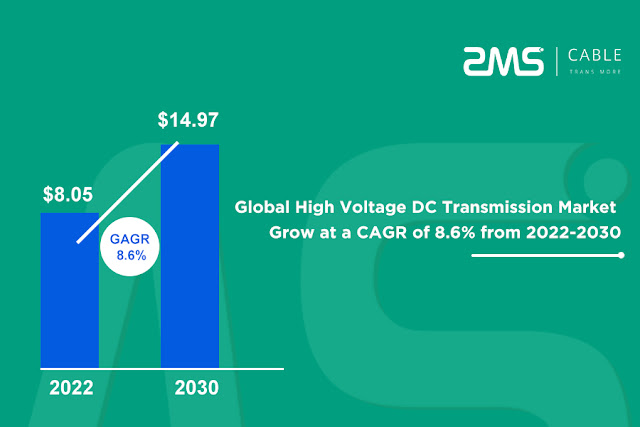Overhead Cables Will be Replaced in Cities and Underground Cables Will Soon be on The Rise

BMA May Cancel The Project To Move All Overhead Cables Underground The Bangkok Metropolitan Administration (BMA) may cancel the project to move all overhead and telecommunication cables underground. This is because most telecom service providers have avoided the project due to its high investment cost, estimated at around 19 billion baht. Bangkok Deputy Governor Wisanu Subsompon said that at this stage, the city government has instructed its investment department as telecom service providers have shown little interest. Krungthep Thanakom, the project owner, has slowed down work. If the project is to be completed, the city expects the telecom regulator National Broadcasting and Telecommunications Commission (NBTC) to also share the cost, he said. So far, the BMA has laid 7.2 kilometers of power cable underground covering some roads in Bangkok. The estimated cost is 140 million baht, but the total distance of overhead cables in the capital is about 2,450 kilometers. Meanwhile, the Metro...



